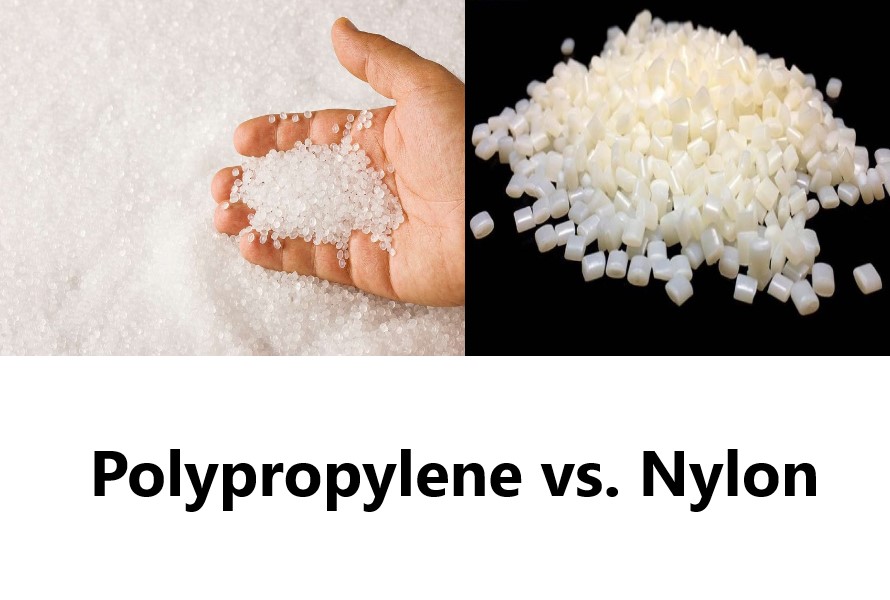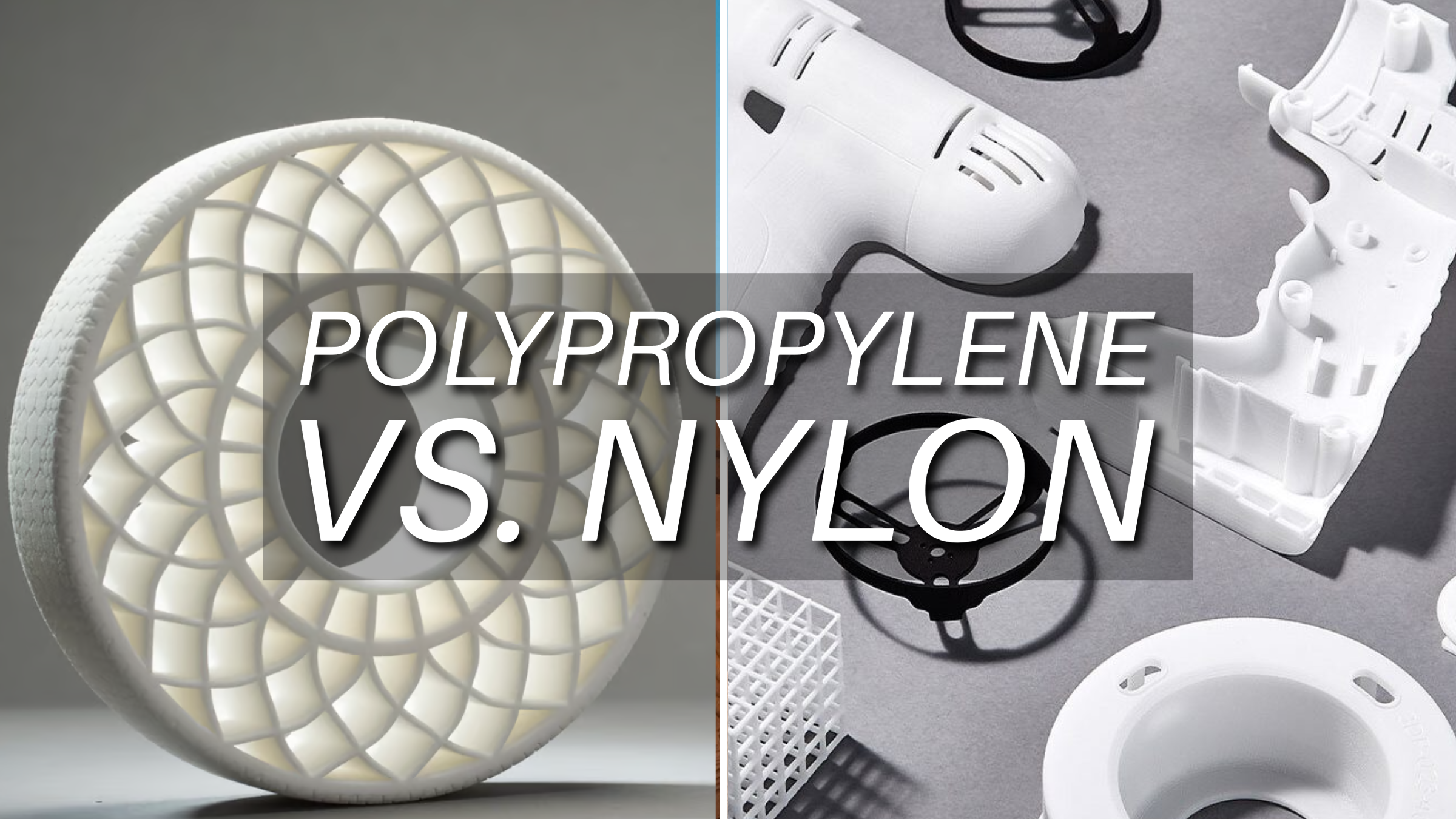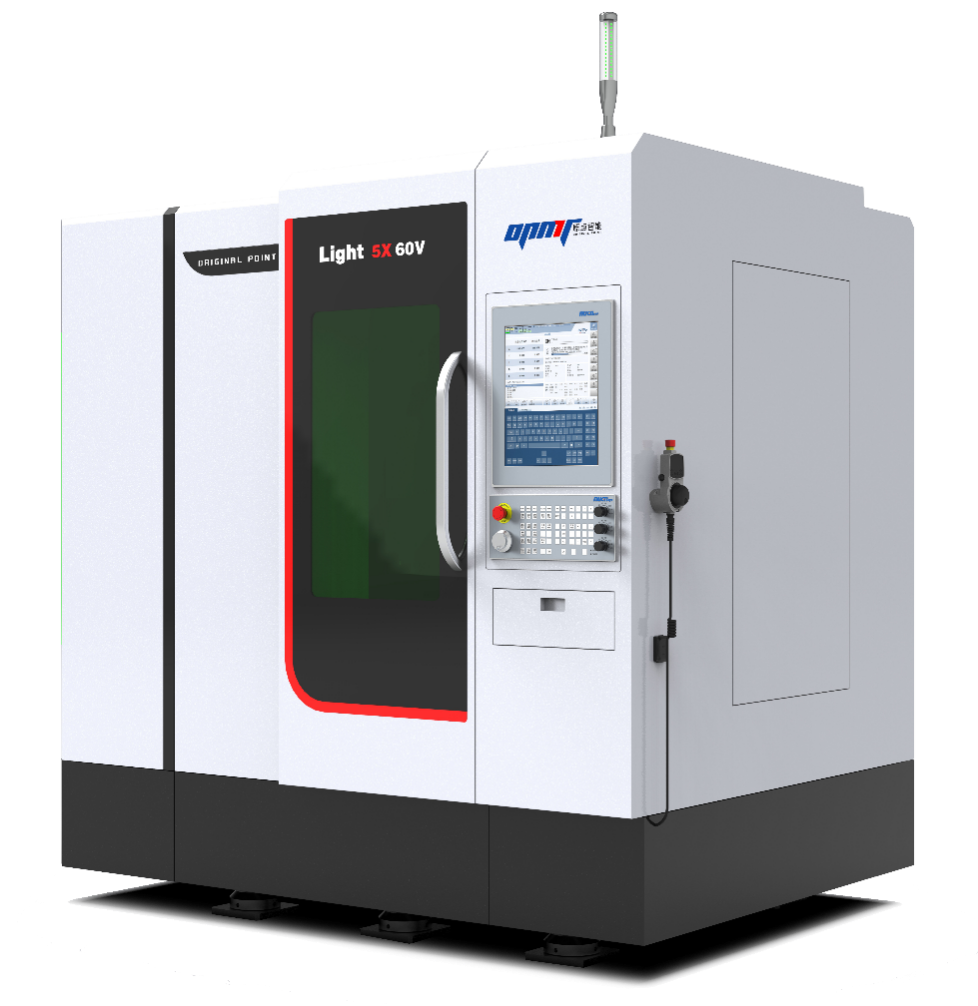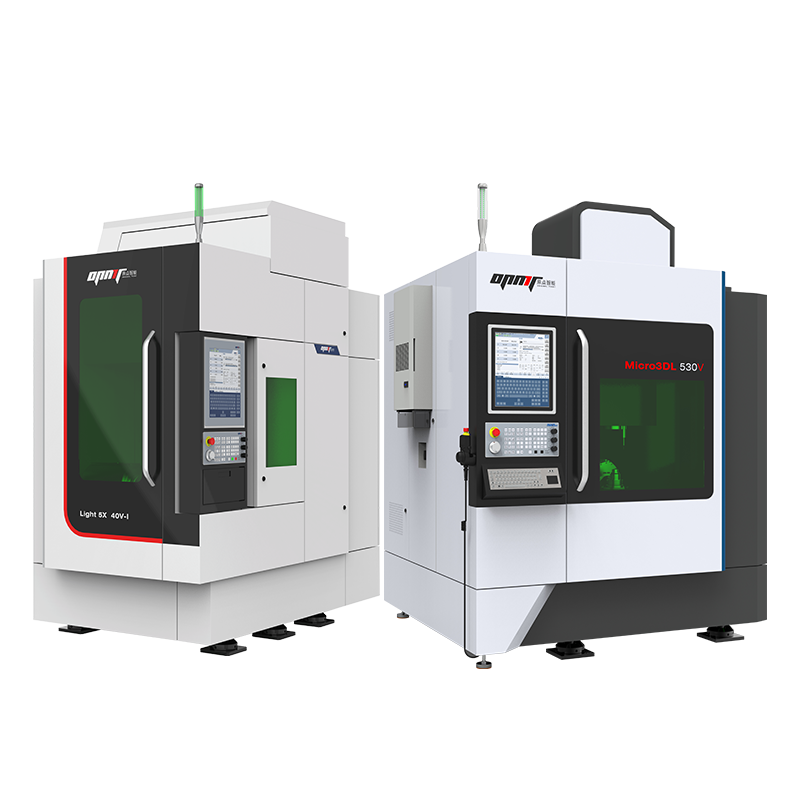Ever felt stuck deciding which material best suits your project’s demands? You’re not alone. Polypropylene vs. nylon remains a critical debate in manufacturing, with each polymer offering unique strengths—and hidden pitfalls. At OPMT Laser, we’ve spent over a decade refining precision tools like the LightGrind-LT20 for cutting and texturing these materials, giving us firsthand insight into their quirks. Did you know nylon absorbs up to 8% of its weight in moisture, risking dimensional shifts, while polypropylene stays stable even in wet environments?
This article breaks down cost, durability, and performance trade-offs clearly, so you can confidently pick the right fit. We’ll explore why polypropylene’s chemical resistance makes it ideal for battery casings (try our Micro3DL530V for flawless cuts) and how nylon’s flexibility shines in high-stress gears. By the end, you’ll know exactly when to prioritize lightweight savings or invest in tensile strength. Ready to transform your designs with smarter material choices? Let’s dive into the key benefits and drawbacks—and discover which polymer unlocks your project’s potential.
For deeper insights on optimizing production, explore our guide to laser applications or see how 5-axis machining elevates precision.
Polypropylene vs. Nylon Structure
Both polypropylene and nylon are synthetic polymers distinguished by their unique chemical structures, which significantly influence their properties and applications.

Polypropylene is classified as an addition polymer formed through simple additive reactions among monomers, resulting in no byproducts. In contrast, nylon is a condensation polymer where water is expelled during the formation of polyamide chains. This fundamental difference leads to distinct characteristics; polypropylene is known for its high strength and resistance to physical stress, making it ideal for demanding applications. Conversely, nylon offers superior heat resistance and flexibility, making it suitable for products requiring durability under stress.
When selecting between polypropylene and nylon, consider their specific structural advantages—polypropylene excels in strength while nylon provides greater malleability. Understanding these differences will guide you in making informed material choices tailored to your project’s needs.
Key Differences Between Polypropylene and Nylon
Polypropylene and nylon are both widely utilized synthetic polymers, each known for unique mechanical properties that cater to various applications.
Polypropylene is celebrated for its impressive strength-to-weight ratio, often termed the “steel of plastics.” It exhibits remarkable resistance to physical stress and environmental factors such as ultraviolet light and moisture. With a low melt viscosity, polypropylene is particularly advantageous in injection molding processes, making it suitable for lightweight components in sectors like automotive manufacturing and consumer products.

In contrast, nylon stands out for its durability and flexibility. Its low friction coefficient makes it ideal for high-friction applications, allowing it to maintain performance without excessive lubrication. Additionally, nylon’s ability to absorb moisture enhances its impact strength, although this can affect its dimensional stability in wet conditions.
| Feature | Polypropylene | Nylon |
|---|---|---|
| Strength | Superior under physical stress | Higher tensile strength |
| Flexibility | Less flexible | More malleable |
| Heat Resistance | Melting point around 160°C | Melting point around 220°C |
| Moisture Absorption | Low absorption | Higher absorption |
| Cost | Generally more affordable | Typically more expensive |
Both materials are available in FDA-compliant grades, making them suitable for applications in the food and medical industries. Understanding these characteristics enables product teams to make informed decisions based on specific project requirements.
Polypropylene vs. Nylon: Manufacturing Use Cases
Polypropylene and nylon are two widely used materials in manufacturing, each offering unique advantages for various applications.
Polypropylene is favored for its moisture resistance, making it ideal for use in car batteries and semiconductor components. Its durability and chemical resistance also make it suitable for applications such as chemical tanks and laboratory equipment. In contrast, nylon is recognized for its excellent insulating properties, particularly in electric cables. Its low-friction characteristics make it perfect for components that experience significant wear, such as wheels, seals, and gaskets.

Both materials are compatible with injection molding processes; however, polypropylene’s lower melt viscosity allows for easier processing compared to nylon. Notably, Nylon 12 is particularly well-suited for additive manufacturing due to its high heat resistance. While polypropylene is generally less flexible than nylon, it can endure stress without breaking, making it an excellent choice for moving parts like hinges and gears.
When selecting between polypropylene and nylon for manufacturing purposes, it’s essential to consider factors such as strength requirements, environmental conditions, and specific application needs. Each material presents distinct benefits that cater to different manufacturing scenarios, ensuring that engineers and manufacturers can make informed decisions based on their project requirements.
By understanding the unique properties and applications of polypropylene and nylon, stakeholders can optimize their material choices to enhance product performance and longevity in various industrial contexts.
Limitations of Polypropylene vs. Nylon
Understanding material trade-offs ensures optimal performance for manufacturing projects. Below we compare critical performance factors between these polymers.
Environmental Durability Challenges
Sunlight exposure: Both materials degrade under UV light without additives. Nylon accepts UV-stabilizing treatments more effectively, extending outdoor usability by 40-60% compared to untreated polypropylene.
Humidity impacts: Nylon absorbs 8-10x more moisture than polypropylene, causing dimensional changes up to 3% in saturated environments. This requires careful design for applications like marine components or food processing equipment.
Cost vs. Performance Trade-offs
| Factor | Polypropylene | Nylon |
|---|---|---|
| Material Cost (per kg) | $1.20-$1.80 | $3.50-$5.00 |
| Machining Complexity | Low | High |
| Impact Resistance | Excellent | Moderate |
Nylon’s higher price reflects advanced manufacturing requirements, while polypropylene offers cost efficiency for high-volume production runs.
Structural Considerations
Flexibility requirements: Nylon bends without fracturing, ideal for living hinges. Polypropylene maintains rigidity under load, supporting weights up to 150% greater than nylon in comparable thicknesses.
Temperature limits:
- Polypropylene: Stable from -20°C to 120°C
- Nylon: Performs best between -40°C and 150°C
Material Selection Checklist
- Assess environmental exposure (UV/chemical/moisture)
- Calculate budget for raw materials and tooling
- Validate stress requirements with load testing
- Consult material specialists for application-specific guidance
Recent advancements in polymer treatments (2025) enable hybrid solutions combining polypropylene’s affordability with enhanced surface durability. Manufacturers should prototype with both materials under real-world conditions before finalizing designs.
Is nylon better than polyethylene?
Nylon (polyamide) and polyethylene (PE) serve distinct roles across industries due to their contrasting characteristics. Nylon provides superior tensile strength and abrasion resistance, ideal for mechanical components like gears and industrial machinery parts. Polyethylene excels in moisture resistance and flexibility, making it preferred for food-safe containers, medical tubing, and lightweight packaging.
Temperature and Chemical Performance
Nylon maintains structural stability in temperatures up to 150°C, outperforming polyethylene, which begins to warp above 80°C. For chemical exposure, polyethylene resists acids and solvents more effectively, while nylon degrades in strong alkaline environments. OPMT Laser’s material testing shows nylon’s durability in high-friction settings, whereas polyethylene proves better for cost-sensitive, low-stress applications.
| Factor | Nylon | Polyethylene |
|---|---|---|
| Cost | Higher upfront investment | 30-50% lower cost |
| Stress Tolerance | 80,000-120,000 psi | 3,000-5,000 psi |
| Best Applications | Automotive bushings, conveyor belts | Bottles, insulation, liners |
Choosing the Right Material
Project requirements dictate the optimal choice:
- High-stress mechanical systems: Nylon’s wear resistance reduces long-term replacement costs.
- Chemical storage or flexible parts: Polyethylene’s inert properties ensure safety and adaptability.
OPMT Laser’s engineers recommend evaluating load capacity, environmental conditions, and lifecycle expectations to determine the most practical solution.
Cost-Benefit Analysis
While polyethylene suits short-term budgets, nylon’s longevity in demanding scenarios often offsets its initial price. Recent advancements in polymer blends (2025) have enhanced nylon’s UV resistance and polyethylene’s heat tolerance, broadening their use cases.
Key Differences Between Polypropylene and Nylon
Polypropylene excels in moisture resistance and chemical stability, absorbing only 0.01% water by weight compared to nylon’s 0.3–7% absorption. Nylon outperforms in tensile strength and heat resistance, with a melting point up to 460°F versus polypropylene’s 327°F. Use polypropylene for lightweight, corrosion-resistant components like chemical tanks, while nylon suits high-stress parts such as gears and bearings due to its flexibility.
| Property | Polypropylene | Nylon |
|---|---|---|
| Heat Resistance | <180°F | Up to 250°F |
| Moisture Absorption | 0.01% | 0.3–7% |
| Cost | Lower | Higher |
| Applications | Battery casings, lab equipment | Automotive parts, electrical insulators |
Material Selection for Manufacturing Success
OPMT Laser’s engineering team evaluates three critical factors for material selection:
- Environmental Conditions: Nylon’s moisture absorption impacts dimensional stability in humid settings, while polypropylene retains shape.
- Mechanical Demands: For load-bearing parts, nylon’s tensile strength (up to 12,000 psi) outperforms polypropylene.
- Budget Constraints: Polypropylene reduces costs by 15–30% in high-volume production compared to nylon.
Case Study: A client reduced component failure rates by 40% after switching to OPMT-recommended nylon for conveyor belt gears in high-temperature factories.
Why Partner with OPMT Laser?
Our engineers combine material science expertise with advanced prototyping technologies like laser texture processing to validate performance. Benefits include:
- End-to-End Support: From CAD design to post-production testing.
- Data-Driven Insights: Real-world stress simulations for optimal material matching.
- Industry-Specific Solutions: Custom blends for medical, automotive, and consumer goods sectors.
“OPMT’s guidance helped us cut production costs by 22% without sacrificing durability.” – Manufacturing Client, 2024
Disclaimer
This content is compiled by OPMT Laser based on publicly available information for reference only; mentions of third-party brands and products are for objective comparison and do not imply any commercial association or endorsement.




